Ulla Oksanen reports on Finland’s response to Covid-19 and how it differed from its near neighbour Sweden
Nordic countries (Sweden, Norway, Denmark, Finland and Iceland) are often grouped together because of perceived similarities in their societies.
But in regard to Covid-19, while Norway, Denmark and Finland took similar measures, Sweden received attention from the international media due to its more relaxed approach and high number of deaths when compared to its Nordic neighbours. The Medical independent (MI) interviewed Finnish experts about their views on Covid-19 strategies.
Responses
In Finland in mid-March, several cases of Covid-19 began to be identified in the capital region around Helsinki. The spread of the virus was linked to people returning from popular winter holiday sites in Italy.
The quick rise in cases pushed the government to enact an emergency law that allowed strict measures to be taken. Public services such as libraries and swimming halls closed, while gatherings of more than 10 people were restricted. Restaurants and cafés also closed, and remote work was encouraged. On 19 March, Finland closed its borders. Later, Uusimaa region, the area around the capital city, was closed for three weeks to limit the spread of the virus. Norway and Denmark had reacted in similar ways.
Sweden, however, took a more relaxed approach to restrictions. Social distancing was the centre of the Swedish strategy. Restaurants, libraries and shops were kept open with social distancing guidelines.
Schools did not close for children under 16 years. Gatherings of more than 50 people were restricted and care home visits were forbidden on 31 March. Borders to Sweden were never closed. Sweden does not have a law that would allow a state of emergency to be put in place in the case of a pandemic; only war or a threat of war would allow this to happen.
Recent situation
At the beginning of July, the prevalence of deaths per 100,000 was 5.9 in Finland; 4.7 in Norway; 10.5 in Denmark; and 52.7 in Sweden. For Iceland, the number was 2.8. The total number of confirmed cases in Finland by the second week of July was 7,279. For Norway, Denmark, and Iceland, the numbers were 8,974, 13,117, and 1,886, respectively. Among the Nordic countries, Sweden is the largest country in terms of population, with 10.2 million habitats. Swedish numbers during this period were 74,898 cases, with 5,526 deaths.
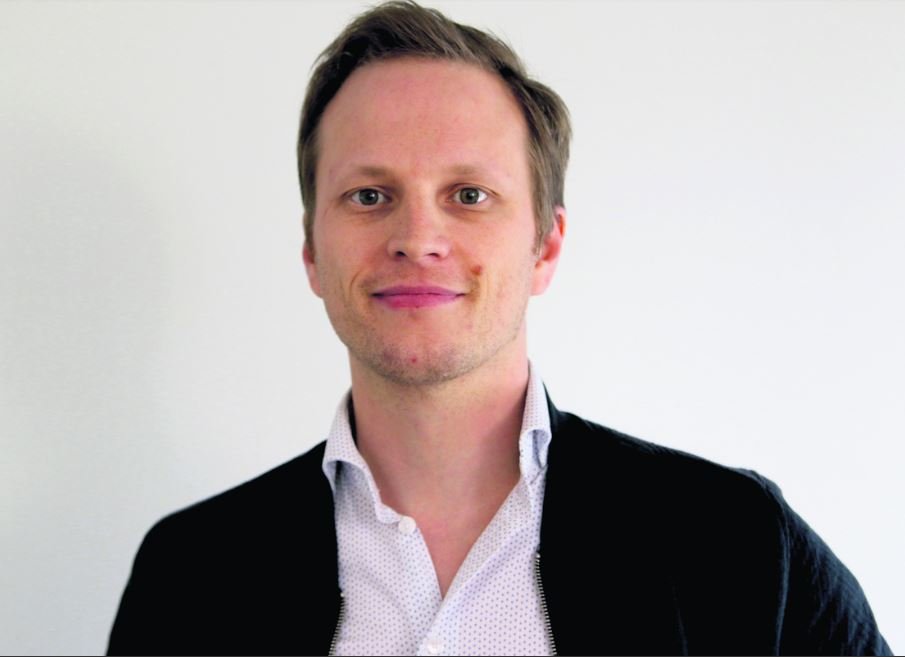
Dr Jussi Sane (PhD), Chief Specialist at the Infectious Disease Control and Vaccinations Unit at the Finnish Institute for Health and Welfare (THL), described the overall Nordic situation to be quite good in terms of epidemiological indicators. In Finland, while new cases are being diagnosed, they are in very small numbers. Intensive care and hospital care indicators have been going down, according to Dr Sane, which is similar to Norway and Denmark.
However, Dr Sane told MI: “This does not mean this is over. The pandemic is spreading globally, and the virus will be present here and elsewhere for some years to come. How exactly, is still unclear. In Sweden, the number of cases being reported is high, but hospital and death indicators are now going down. There are lots of regional differences, just like here in Finland and globally.”
This spring, international media have been particularly interested in Sweden’s approach, as the statistics tell a grim story compared to the neighbouring countries. The trust in the authorities’ strategy remained high during the spring, but by the end of June, an Ipsos survey tracked an 11-point-drop in confidence in the management of the Covid-19 crisis in Sweden, The Guardian reported.
Dr Pauliina Ilmonen (PhD), Assistant Professor at the Department of Mathematics and Systems Analysis, Aalto University, whose team modelled the spread of the epidemic, considered that the difference in Finnish and Swedish situations stemmed from the restrictions the former imposed.
She said it was important that decisions were made early, when the cases started to emerge with increasing speed. “Data shows the restrictions were working. About two weeks after these decisions, a visible decline in cases can be observed.
“There was a high level of solidarity; people followed the restrictions, even if they did not have a close connection to anyone in risk groups.” She added that the decisions alone were not enough, but the clarity in communication was the key.
The measures in Sweden were based on people’s free will instead of on emergency, which was evoked in Finland
Dr Sane said: “The Swedish strategy was not that different from the Finnish one. There, too, social distancing, coughing [etiquette] and hand-washing hygiene, remote work, and restrictions on gatherings were identified as the key [ways] to battle the spread of the epidemic. Examination of mobile data shows that Swedish people were abiding by the recommendations. The measures in Sweden were based on people’s free will instead of on emergency, which was evoked in Finland.”
International co-operation
Despite the relatively good situation in Finland, spring was extremely hectic and stressful for healthcare workers and anyone working around the pandemic.
Dr Sane described early spring as intensive. “Constantly, every day, every morning there were new numbers coming from [studies in] China. The situation was changing all the time; the timeline was shrunk to hours. The risk assessments are made with the current information, but with Covid-19, there was immense information flow. New research was published every day; the normal review process was not happening. The media was keen to report on everything. When a topic rises to headlines, many take it as a truth, but this was not the case.
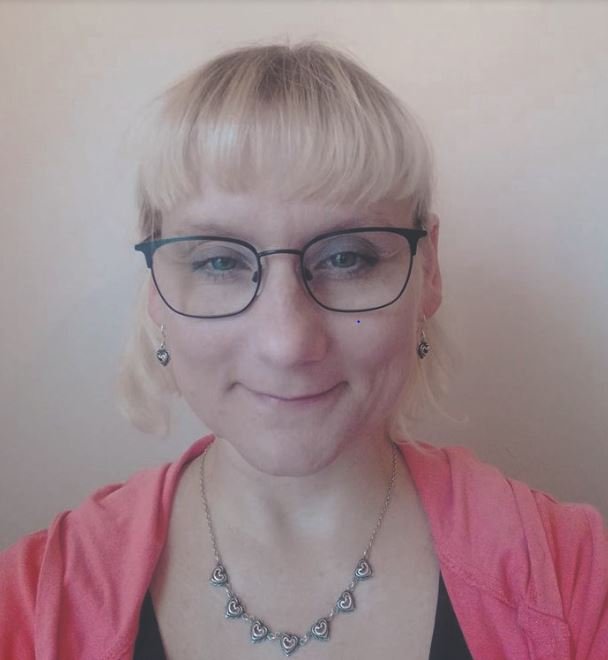
“WHO is an extremely important actor, as well as the European Centre for Disease Prevention and Control (ECDC). We have technical meetings with them every week. But when WHO gives recommendations and guidance, their context must be understood. Of course, many of the Finnish recommendations are based on those, but not everything fits into the Finnish context, which is completely understandable. If the WHO texts are examined, the flexibility is there, but it is hardly ever presented in media.”
Effectiveness of measures
Swedish state epidemiologist Dr Anders Tegnell has argued that as so many restrictions were put into effect at once, it was impossible to say which ones were effective.
According to Dr Sane: “This is correct. We can only look backwards and say that these measures were taken, and then certain trends were seen in Covid-19 cases. But to say with certainty about the effectiveness of a particular restriction is hard. Also, the idea of ‘lockdown’ is complex; it does not only mean one thing. Some countries imposed a curfew that kept citizens indoors; the ‘lockdown’ in Finland let people go out or buy groceries. This makes comparisons hard to make and thorough analysis is needed to understand more.”
Dr Ilmonen confirmed the complexity of determining the effectiveness of specific restrictions. She emphasised that the virus was new and when the pandemic started to spread, little was known about it.
“It is the big picture that mattered. There is still so much that is unknown about the virus. In hindsight, there are now people who claim that too strict measures were implemented in Finland and we paid too much for it, but I would say the decisions were extremely good.”
Currently, there is no data that can measure the effectiveness of specific restrictions, and it is likely that some had a very small effect, she explained. Dr Ilmonen felt the uncertainty caused by the virus was the reason decisions needed to happen on a wide scale.
“My view is that the situation is different between Sweden and Finland because of the overall stricter approach in Finland.”
Schools
In Finland, closing the schools for three months has been viewed as controversial. There is worry about the possible inequality in education, especially concerning the younger children starting their journey through the education system. Dr Ilmonen supported the closing of the schools but said the negative social consequence and impact on learning are serious concerns, and careful attention is needed so that “there won’t be a generation that is missing parts in their education”. However, she pointed out that when schools re-opened, there were several cases confirmed that forced some schools to partly close again.
Sweden passed a law that allowed the closing of the schools and nurseries, but it was never used. Schools remained open for children under 16 years.
On 10 July, THL announced results of a study ordered by UNICEF that investigated differences between Finland and Sweden in the prevalence of Covid-19 in children aged one-to-19. The study found a prevalence of 52/100,000 in Finland and 49/100,000 in Sweden by mid-June, although increased testing in Sweden has now revealed more cases. In autumn, the study will examine the role of children and adolescents in viral spread.
Politics and history
Covid-19 responses are partly politics and rooted in the governmental systems of different countries. Associate professor Dr Johan Strang (PhD), research fellow of Nordic Studies at Helsinki University, explained the differences in governing systems of Nordic countries.
“In Denmark and Norway, the administrative authorities are more politically-governed, and ministers have the responsibility,” he told MI.
“Therefore, the decision-making in Norway and Denmark was more agile and reactions were faster. Finland is closer to Sweden in the sense that we also have more independent administration authorities, albeit not to the same extent [as] in Sweden.”
The largest difference between Finland and Sweden lies in the higher level of preparedness for crisis in Finland, Dr Strang said. He suspected this stemmed from history and relatively recent war experiences, whereas Sweden might have had a harder time in viewing the situation as a serious crisis.
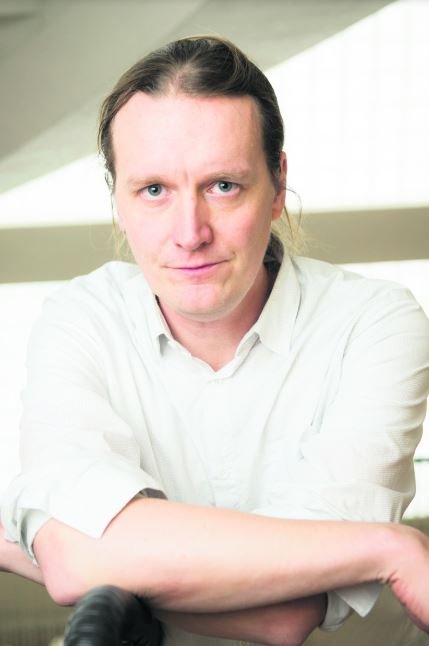
“The political power in Sweden has been greatly decentralised to regional governing bodies and sectors. Maybe that hindered the implementation of a common strategy. The political responsibility was lacking. Unlike in other Nordic countries, the idea that the prime minister, in Sweden’s case Stefan Löfven, would take the lead in the fight against the pandemic somehow did not happen. State epidemiologist Anders Tegnell was the only one who had something to say, but he is not a politician. He could only make recommendations.”
Dr Jukka Vakkila, Paediatrician and Haematologist at Karolinska University Hospital, understands the Swedish mentality. Swedish people have higher confidence in their decisions when compared to Finnish, Dr Vakkila told MI.
“Finns have a tendency to double-check decisions and make plan Bs, Cs or even Ds. Swedish people have high self-confidence, they trust the leap of faith, that things will go well. And often they do. This was the case with coronavirus; they did not care what the others were doing and trusted their own decisions. Was it successful? It is too early to say.”
It is not just during the current pandemic that Finland has been keeping a close eye on Swedish affairs. Dr Strang sees similarities between the Finnish relationship to Sweden, and Irish relationship to the UK.
“Finnish newspapers are writing quite often about Sweden, but Finland is in the Swedish news considerably less.
Finnish newspapers are writing quite often about Sweden, but Finland is in the Swedish news considerably less
“It is typical to Finland to see Sweden as the ‘normal’. We consider Sweden to be the reference point of what the world is doing and compare ourselves to them. But in reality, Sweden is often an exception; this is better understood in other Nordic countries. Maybe the corona crisis is an eye-opener to Finland that Sweden is an exception.”
Timeline
Dr Vakkila said it was too early to give definitive answers about the success of the Swedish strategy. “A lot depends on the vaccine development. Keeping the borders and society closed is not an option that can go on forever. Geography and population density play a big role in controlling the pandemic.
“In general, Finland is an exceptional country. We have few middle-sized clusters like Helsinki, Tampere, Turku and Oulu, where viruses can spread. Then there is so much empty land in between. This, and keeping the borders controlled, gives a possibility to keep the virus under control. However, the virus is not disappearing anywhere from the world. Only vaccines would make that happen.”
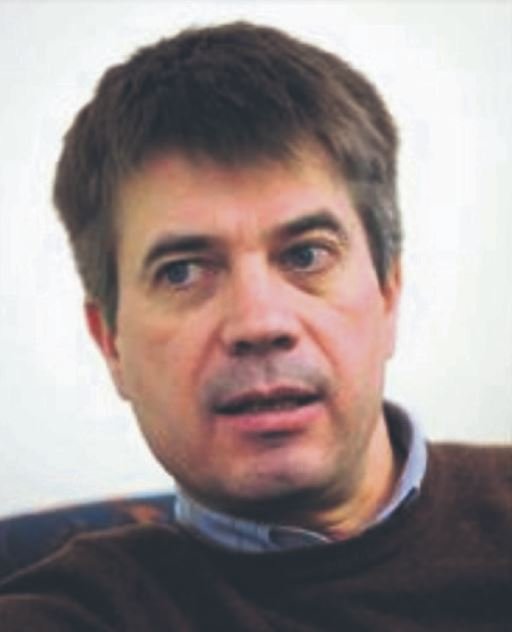
The timeline of the pandemic is as yet unknown. By end of June, 17 per cent of people in Stockholm had antibodies in their blood. In Finland, there are very few people who have had the virus, Dr Vakkila said.
“In a country like Finland, which is sparsely populated, and where measures were efficient, we can manoeuvre ourselves without a second wave a year or so forward until the vaccine is developed. If this is the case, then the Swedish strategy and high amount of deaths in the beginning of the pandemic proves to be weaker. They also could have imposed stricter measures to have more time; after all, it is a similar country to us. But if the timeline is longer, things might be different, as we can’t keep the virus away forever.”
Care homes
Many countries have struggled with protecting older people in care homes. While the total number of deaths was relatively low, care home deaths accounted for 45 per cent of the total deaths in Finland. In Sweden, the percentage is around 50 per cent.
Dr Strang referred to an argument by Prof Bo Rothstein, political scientist from the University of Gothenburg, who suspected that the explanation behind high mortality is less about schools remaining open or that the strategy was too relaxed, but more about job contracts for people working in care homes. Dr Strang explained that in Sweden, these contracts have been weakened over the last few decades.
Many people who work in the care business have temporary and hourly contracts with low pay, and workers might move between several care homes. For them, quarantine and not going to work would mean no salary. This can be the reason the virus spread widely in care homes.
Dr Vakkila added that Sweden is more of an international country than Finland. He said it was possible the virus was in Sweden much earlier than was known, due to higher volumes of international travel.
“The virus might have been spreading there widely before it was noticed. If this is the case, they did not have same opportunities [as] Finland to have it under control to begin with.”
Reopening of borders
At the beginning of June, Nordic countries started to reopen their borders. Sweden was not on the list of countries belonging to the travel zone, which caused concern in the country.
“It is purely the epidemic situation there that the decision is based on,” Dr Ilmonen said. “Just like when the situation was different in Finland, when new cases were diagnosed in the south in the Uusimaa region, that region was closed. It was a hard decision and separated many from their families, but it had a big impact on the spread of the epidemic.”
Dr Strang acknowledged that the exclusion of Sweden from the Nordic travel bubble was tough for Swedish people and served as “a wake-up call” for many. “That decision increased the criticism towards the strategy among the Swedes.”
Legislation has been changed in Finland that now allows regional differences in restrictions. “There are more cases in the capital area. In the north of Sweden, close to the Finnish border, the epidemic has flared-up recently,” explained Dr Ilmonen. “Restrictions have a huge impact on society; it is reasonable that areas can be separated, instead of closing the entire country.”
Future
Dr Ilmonen sees the second wave as possible in the autumn. She added that the current reduction in virus outbreaks in Finland might be due to a seasonal effect, but this remains unclear. Seasonal effect has been observed with other coronaviruses in the North previously. “But Covid-19 is spreading in warmer countries, too. The possible seasonal effect might be multifaceted and more complicated than just temperature or UV radiation. If those are big factors, it does not look promising for the autumn.”
Dr Ilmonen emphasised that everything depends on the behaviour of people and it is not predetermined that the second wave will reach Finland. The better preparedness regarding testing, tracking, and treating those who get infected will help, if the second wave comes, Dr Ilmonen said.
Dr Sane from THL said the term ‘second wave’ was problematic, as in many countries, the virus had never disappeared.
“There are many scenarios for the future. Regional epidemics have been observed in countries like China, Singapore and South Korea. It is not necessary that a massive wave will wipe over the entire country,” Dr Sane said.
Assessing the effects of the epidemic on a wider scale will only be possible after some years. “In Sweden, the idea was to look at the situation as a whole, not only from a public health point of view. This was one argument behind not closing the schools for younger children,” Dr Sane said. “It is certain that this is not over yet. The virus will be with us for a long time to come. Keeping society closed forever is not an option. Some sort of balance needs to be found.”
One impact of lockdown is the growing waiting lists for healthcare as non-critical care was postponed. Dr Vakkila said 70 per cent fewer patients were accessing healthcare services when the lockdown started. Currently, there were around 40 per cent fewer patients than last year, he estimated.
“It is clear there will be immense pressure on the healthcare system to catch up,” Dr Vakkila said. Finding the resources to address this issue will be difficult.
“That is why the pandemic and its economic impact will result in somatic excess deaths and mental health problems. Those effects can only be examined in five years or so.”
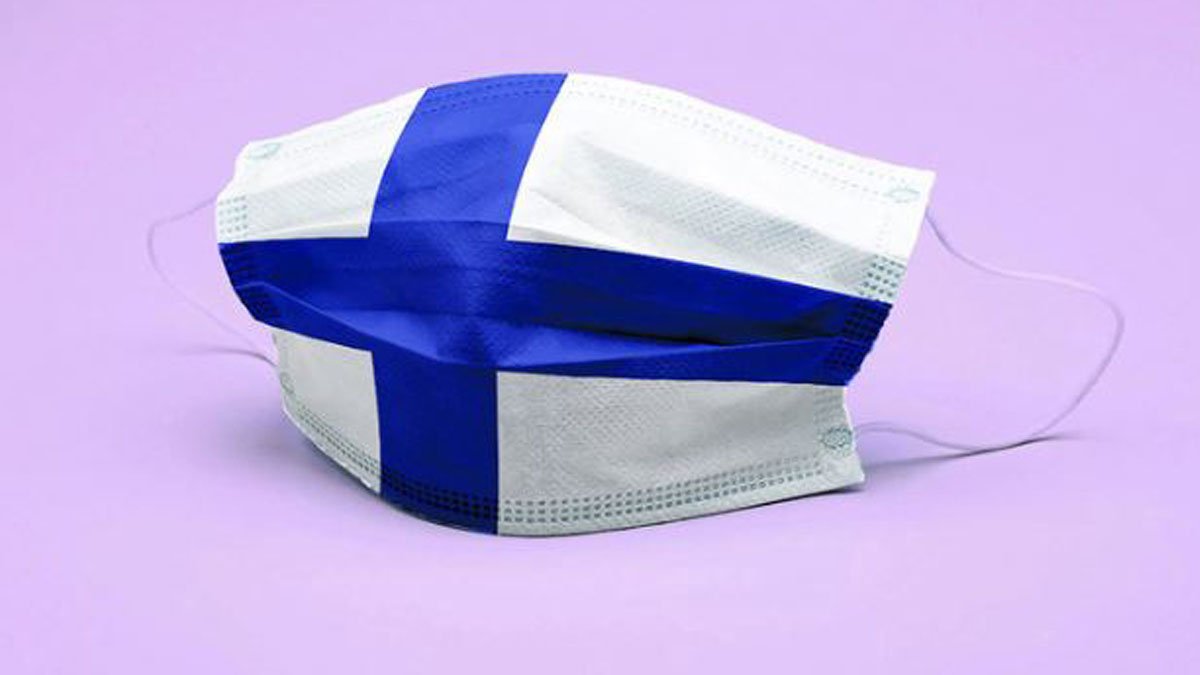












Leave a Reply
You must be logged in to post a comment.